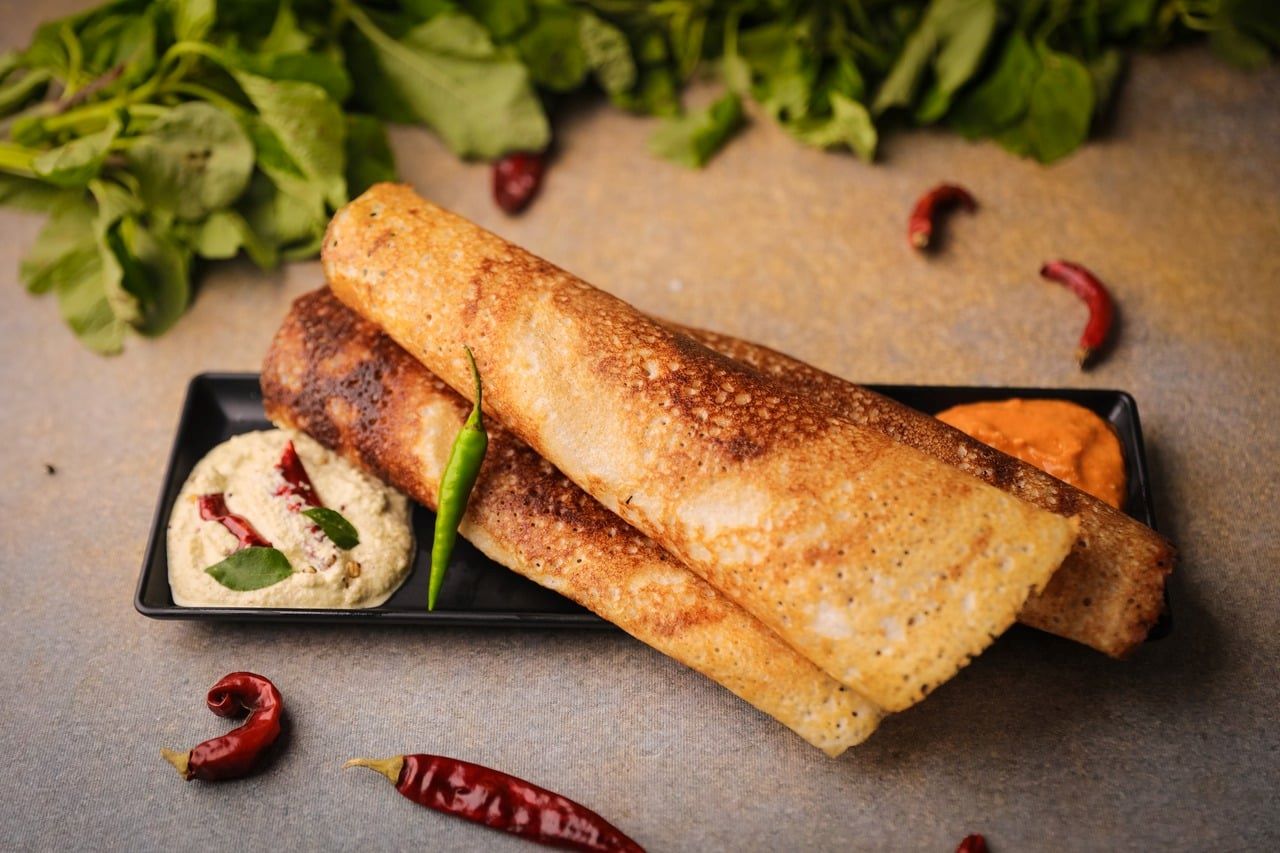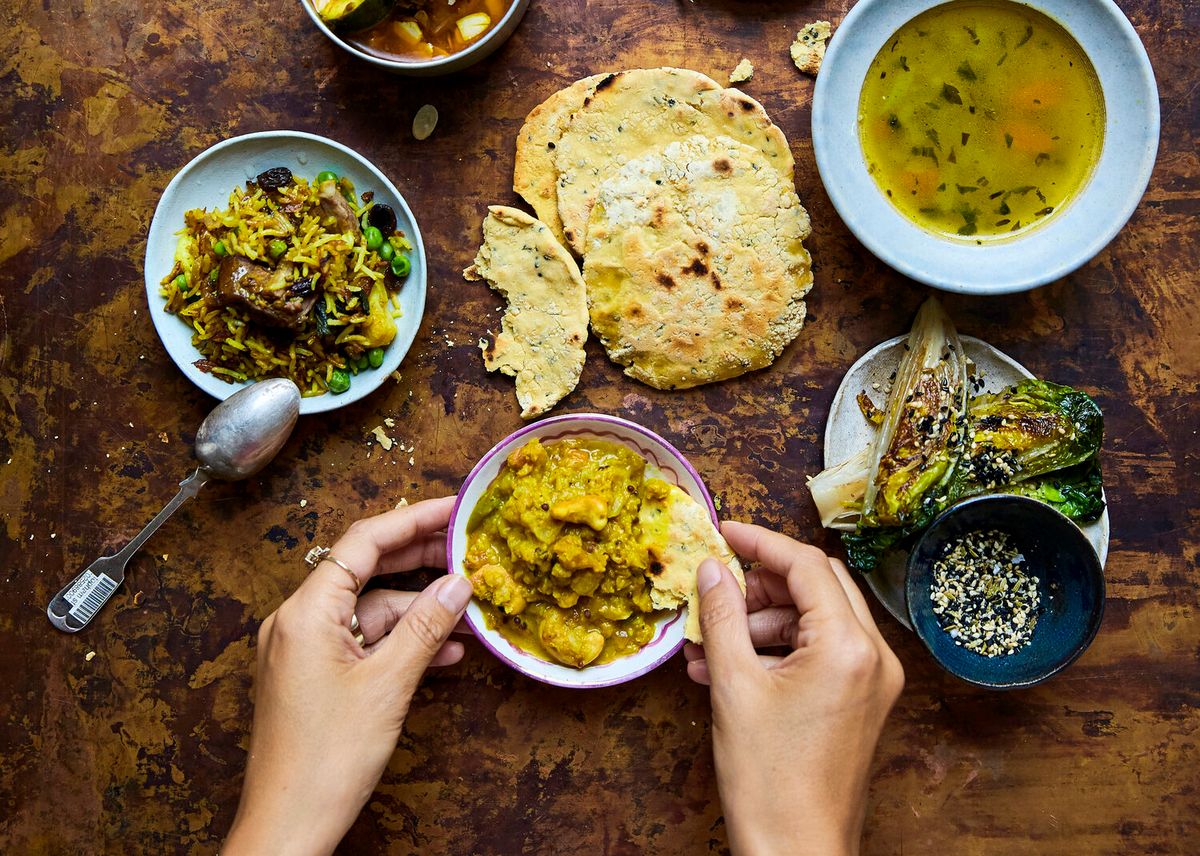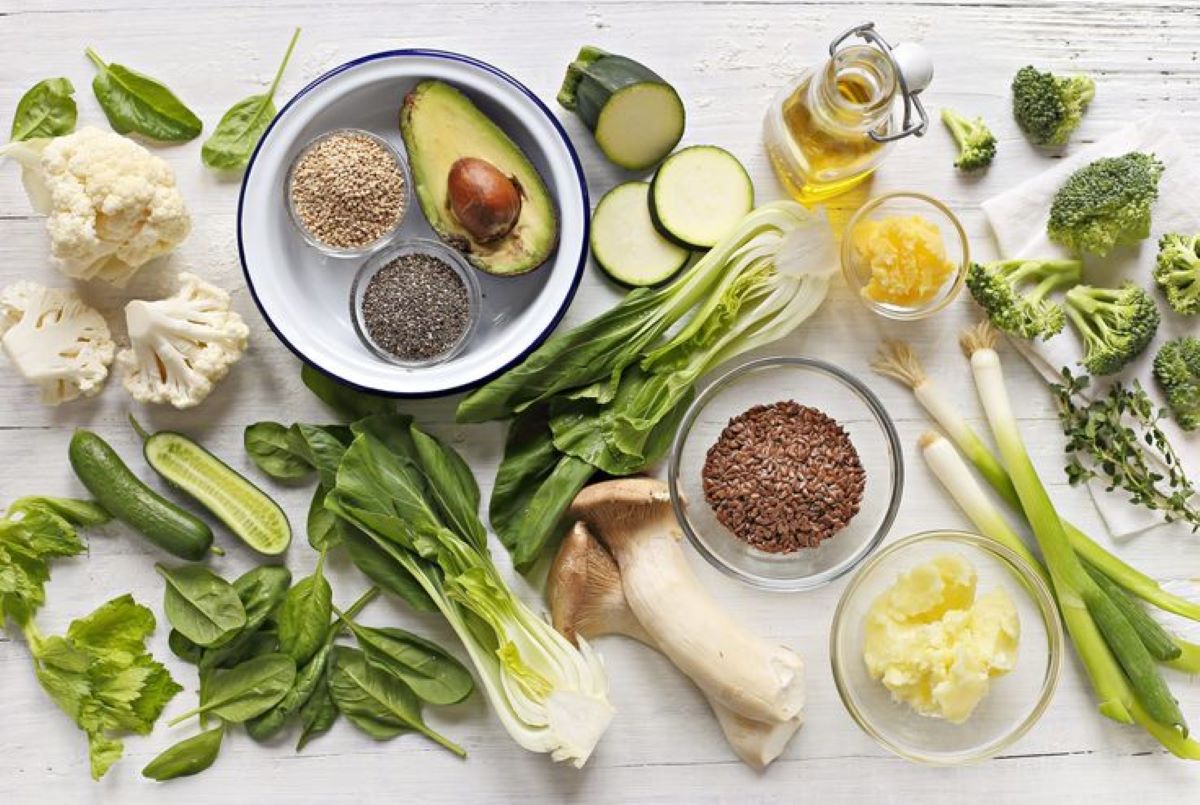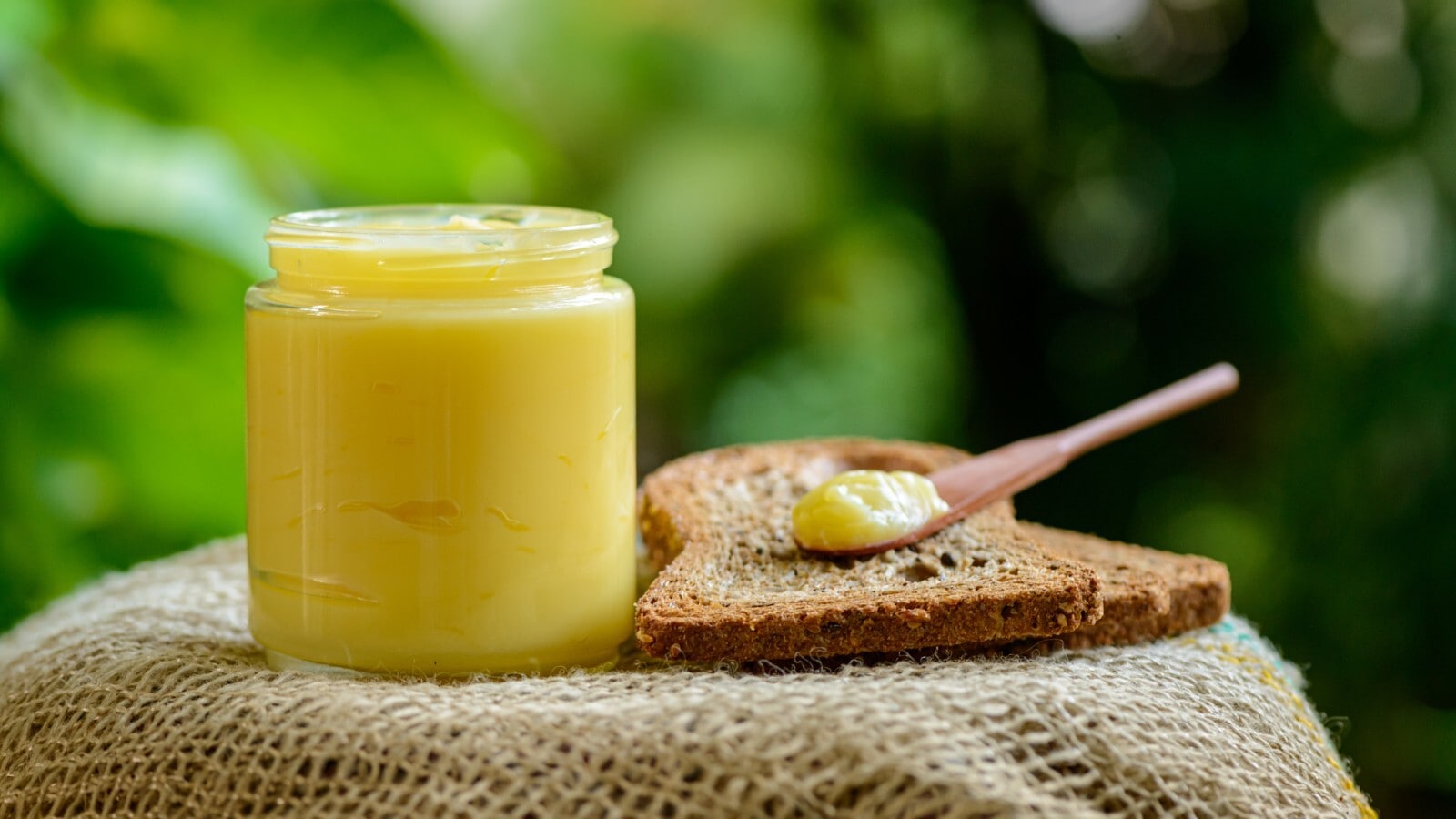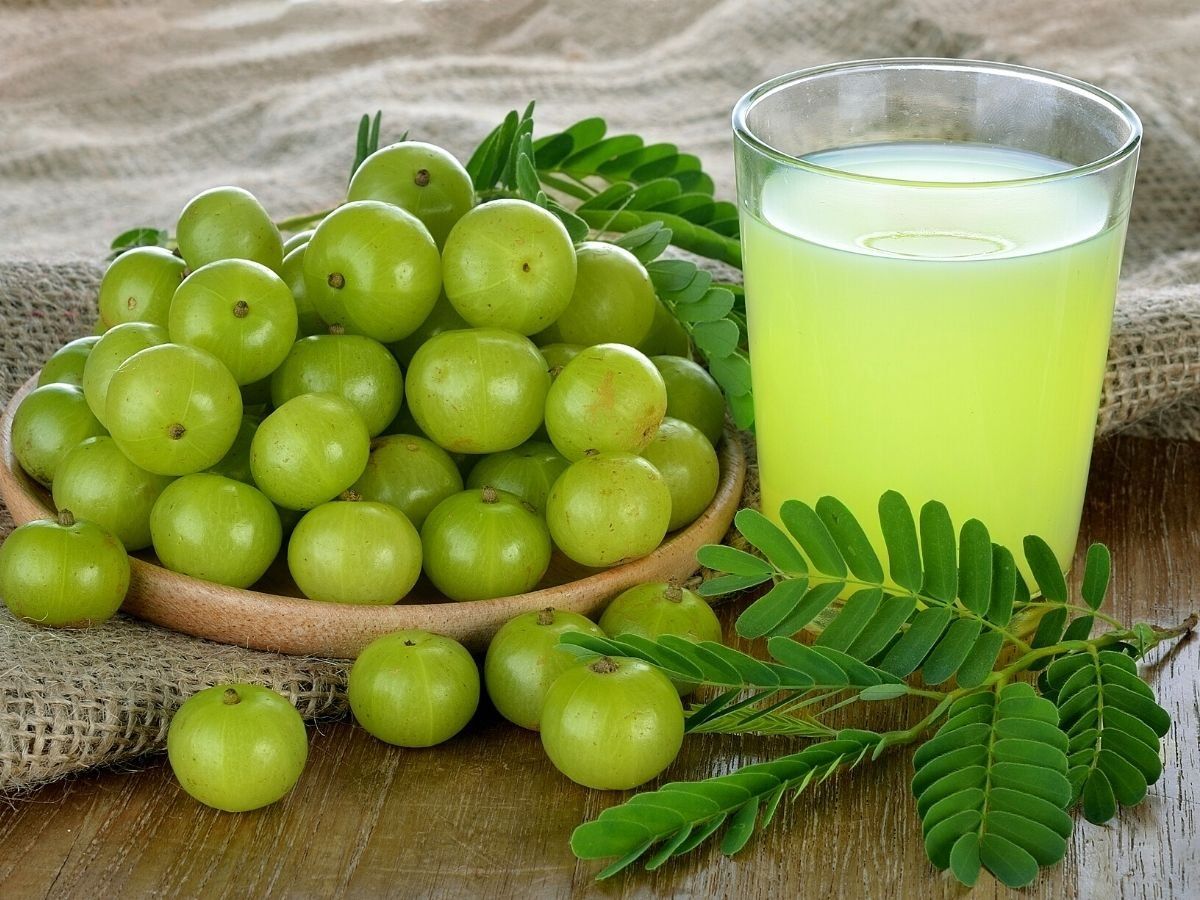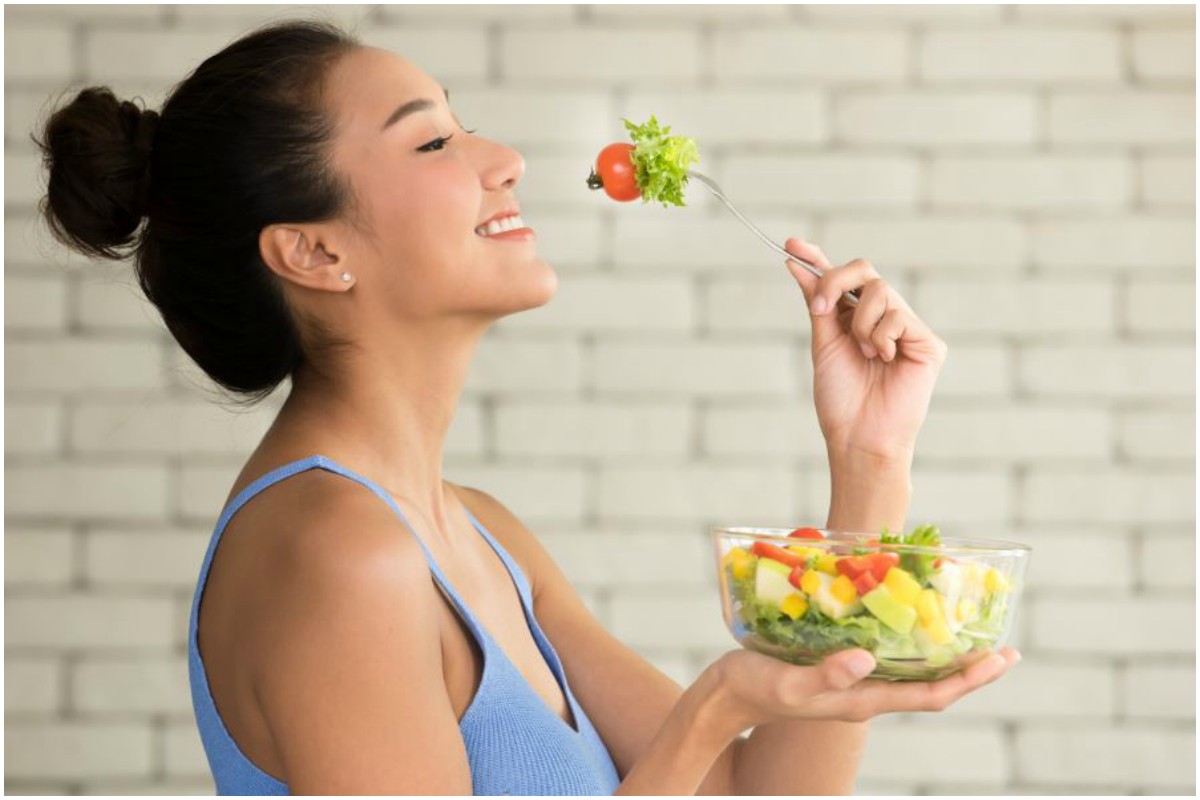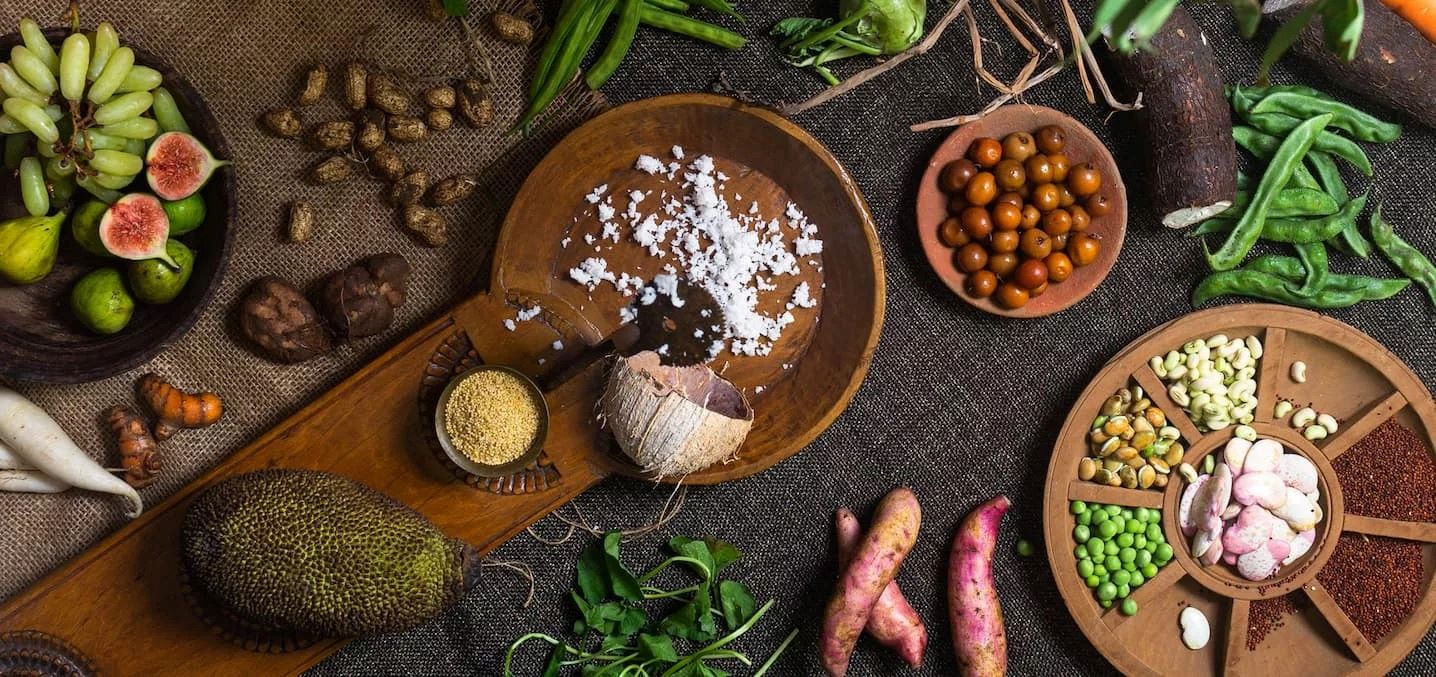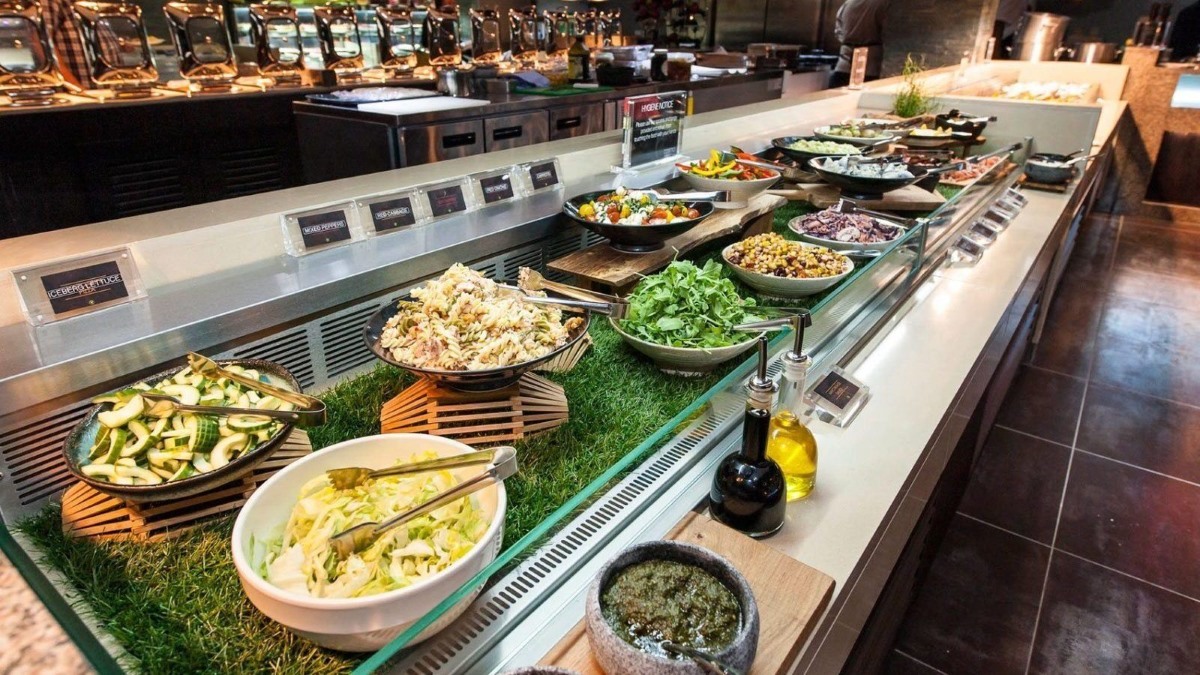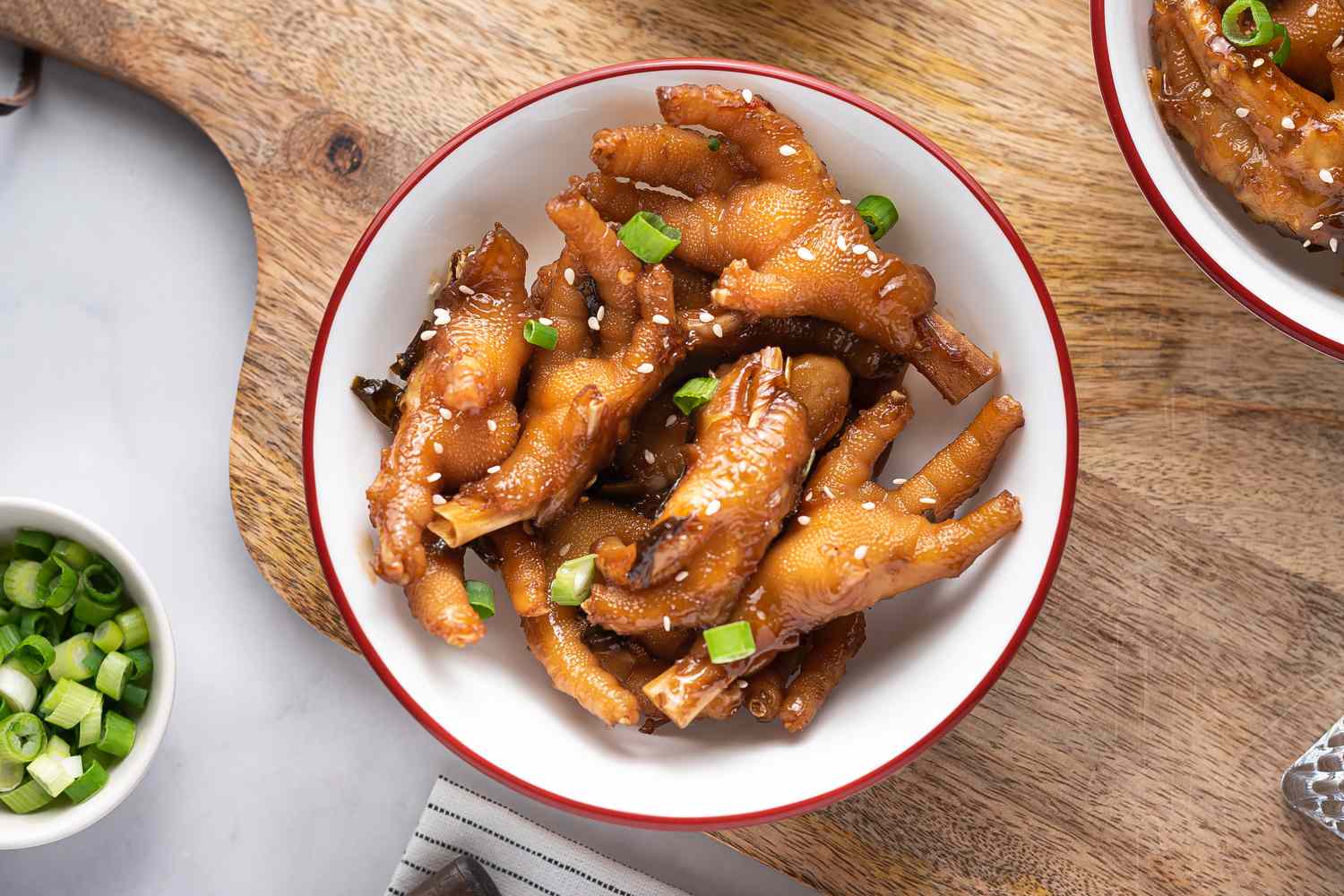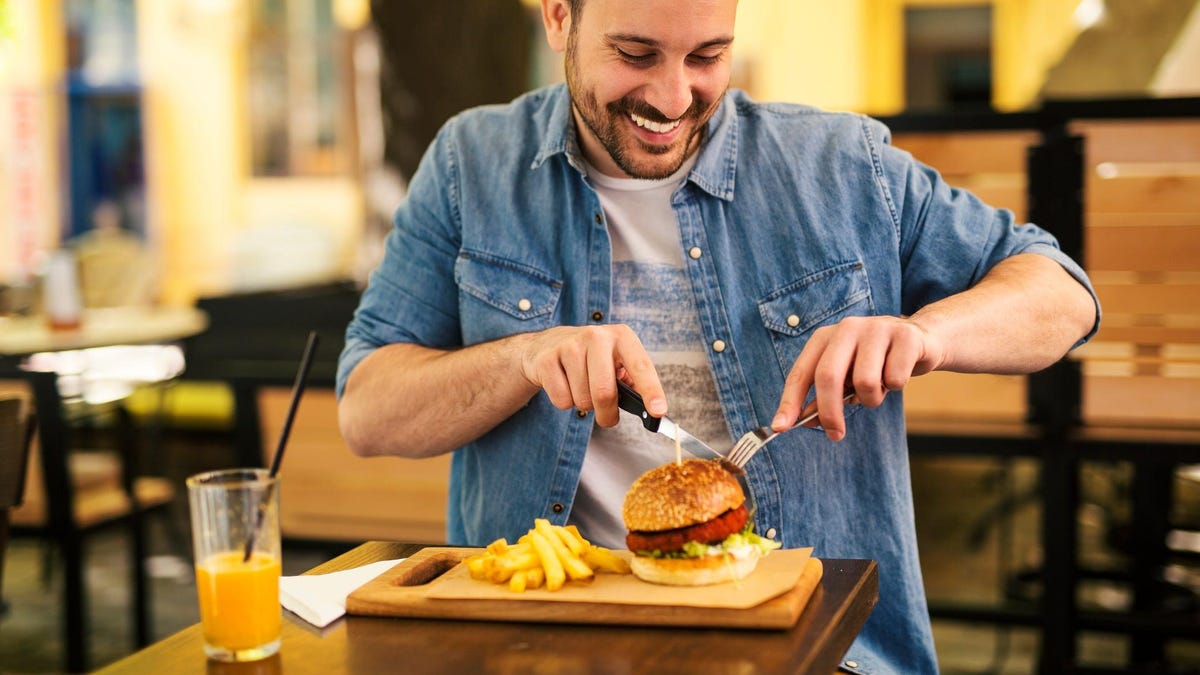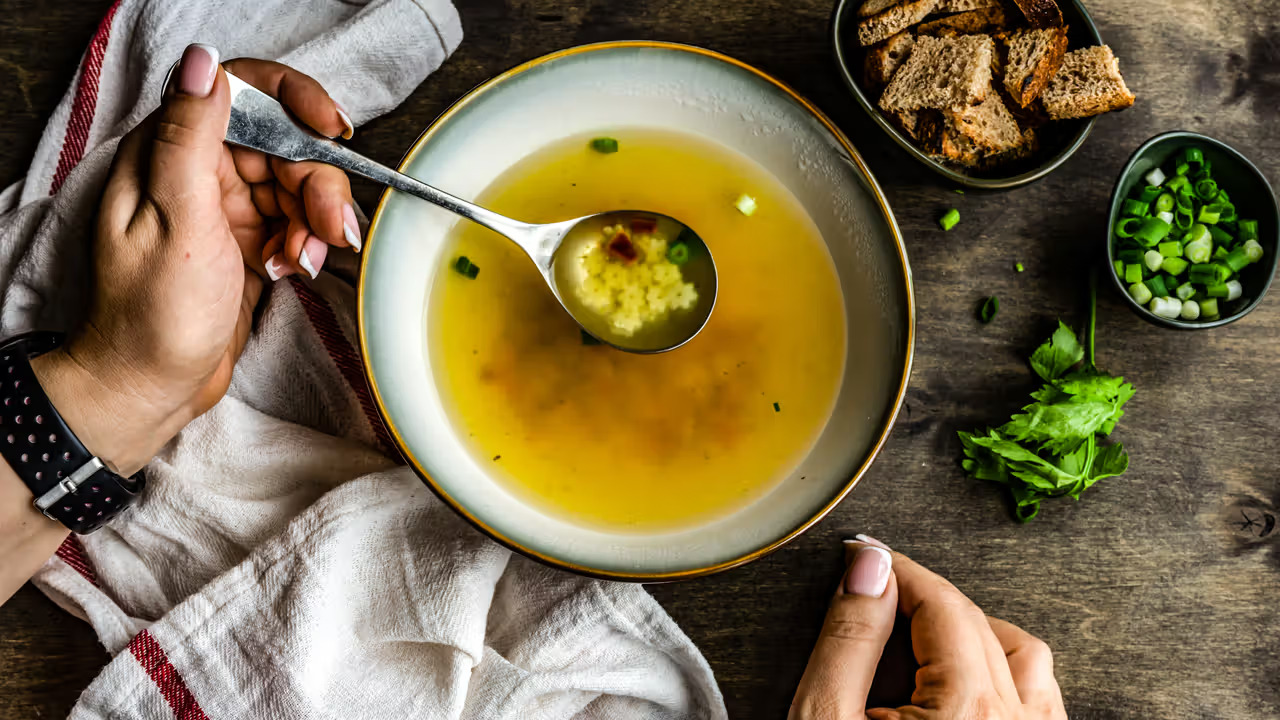Understanding Vata Pitta Dosha
If you are familiar with Ayurveda, you may have heard about the concept of doshas. According to Ayurvedic tradition, doshas are the energies that make up every individual and perform different physiological functions in the body. There are three primary doshas: Vata, Pitta, and Kapha. Each person has a unique combination of these doshas, with one or two typically being more dominant. In this article, we will focus on the Vata Pitta dosha and explore how to eat in a way that supports balance for individuals with this constitution.
Characteristics of Vata Pitta Dosha
Individuals with a dominant Vata Pitta dosha often exhibit a combination of characteristics associated with both Vata and Pitta. Vata is characterized by qualities such as dryness, coldness, and lightness, while Pitta is associated with heat, intensity, and sharpness. When these two doshas are in balance, individuals may experience qualities such as creativity, enthusiasm, and adaptability. However, an imbalance in Vata Pitta dosha can lead to issues such as anxiety, digestive disturbances, and skin problems.
Eating for Vata Pitta Dosha Balance
When it comes to eating for Vata Pitta dosha balance, it’s important to focus on foods and dietary habits that help pacify the qualities associated with both Vata and Pitta. Here are some tips to help individuals with a Vata Pitta constitution maintain balance through their diet:
Emphasize Warm, Nourishing Foods
Since both Vata and Pitta doshas are characterized by cold and dry qualities, it’s beneficial for individuals with this constitution to consume warm, nourishing foods. This can include soups, stews, cooked grains, and steamed vegetables. These foods help to counteract the cold and dry nature of Vata while also providing grounding support for Pitta.
Include Healthy Fats
Healthy fats play a crucial role in supporting Vata Pitta dosha balance. Incorporating sources of healthy fats such as ghee, coconut oil, and avocados can help to nourish the body and provide a grounding effect. These fats also help to pacify the dryness associated with Vata while offering a cooling effect for Pitta.
Opt for Cooling Spices
When seasoning meals, individuals with a Vata Pitta constitution can benefit from using cooling spices such as coriander, fennel, and mint. These spices help to balance the heat and intensity of Pitta while also supporting digestion and reducing excess Vata.
Avoid Excessive Stimulants
Given the natural intensity of Pitta, it’s important for individuals with a Vata Pitta constitution to avoid excessive stimulants such as caffeine and spicy foods. These can further aggravate Pitta and lead to imbalances in both Vata and Pitta doshas.
Practice Mindful Eating
Mindful eating can be particularly beneficial for individuals with a Vata Pitta constitution. Taking the time to sit down for meals, chewing food thoroughly, and avoiding distractions can support healthy digestion and help prevent imbalances in Vata and Pitta doshas.
Conclusion
Understanding how to eat for Vata Pitta dosha balance can provide valuable insights for individuals looking to support their overall well-being through dietary choices. By emphasizing warm, nourishing foods, incorporating healthy fats, and being mindful of spices and stimulants, individuals with a Vata Pitta constitution can work towards maintaining harmony within their doshas and promoting optimal health.
